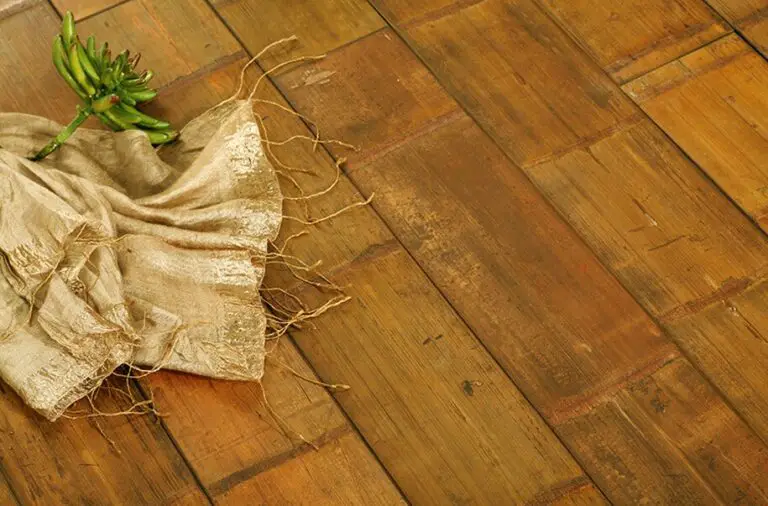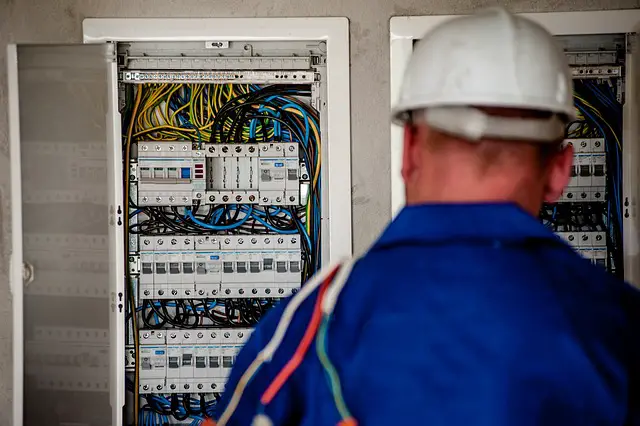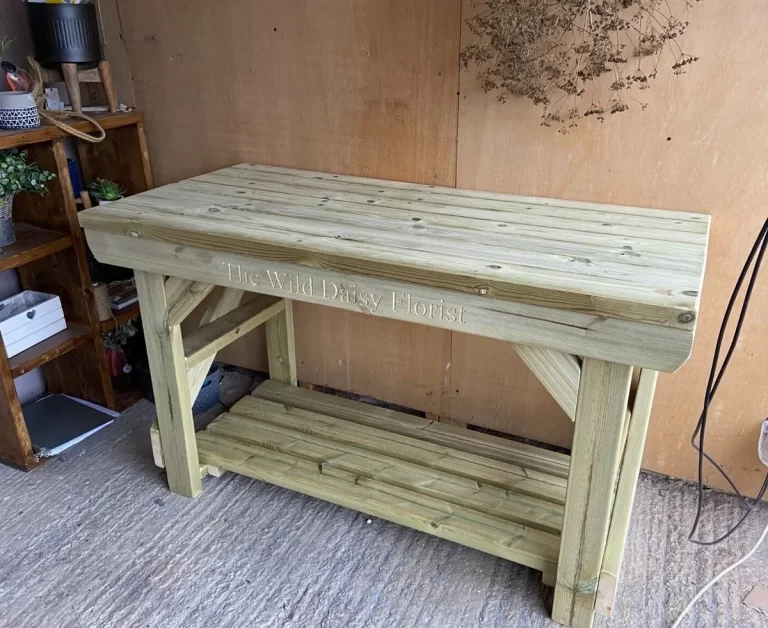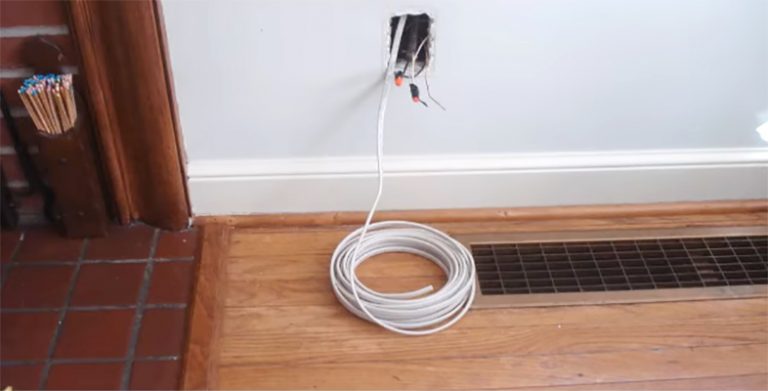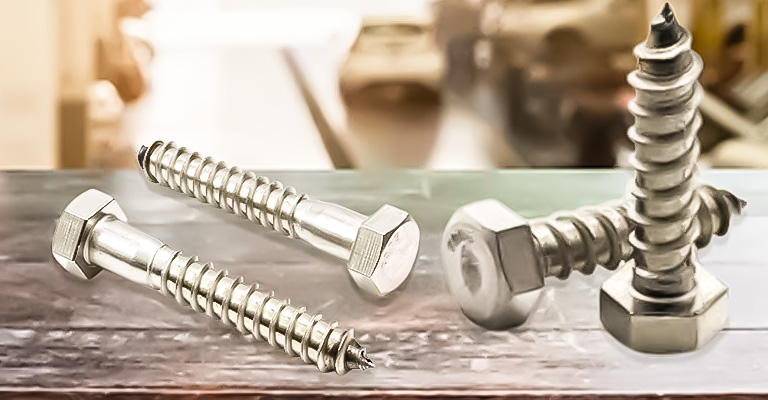How to Repair a Leaky Toilet Tank
When faced with the irritating sound of dripping water, many homeowners instantly dread the potential expenses and inconvenience of dealing with a leaky toilet tank. But before you dial up your plumber, take heart. Repairing a leaky toilet tank is a doable DIY project. Follow this step-by-step guide to get your toilet in tip-top shape and free from any bothersome leaks.
1. Diagnosis: Identify the Source of the Leak
Before diving into the repair, it’s essential to ascertain where the leak is coming from. Fill the tank and examine:
- Flapper Seal: This rubber seal can deteriorate over time.
- Tank-to-Bowl Connection: This could be the culprit if you notice water on the floor below the tank.
- Fill Valve: Old or damaged fill valves can lead to leaks inside the tank.
2. Gather Necessary Materials
To tackle this project, ensure you have the following on hand:
- Adjustable wrench
- Rubber gloves
- Replacement flapper
- Replacement fill valve (if necessary)
- Towels or rags
- Sponge
3. Turn Off the Water Supply
Before beginning any repair, shut off the water supply to the toilet. The valve is typically located on the wall or floor behind the toilet. Turn it clockwise to close it. Flush the toilet to drain the water from the tank.
4. Addressing the Flapper Seal
a. Remove the tank lid and set it aside safely.
b. Unhook the flapper chain from the flush lever.
c. Examine the flapper for signs of wear or damage. If it’s not sealing properly, water can leak from the tank to the bowl.
d. If the flapper is damaged, unclip or slide it off from its pegs.
e. Position the new flapper in place, reattach the chain, ensuring there’s slight slack when the flapper is down.
5. Fixing the Tank-to-Bowl Connection
If there’s water pooling beneath the tank, the bolts or washers connecting the tank to the bowl might be the issue.
a. Tighten the bolts (located under the tank) using an adjustable wrench. Be cautious; over-tightening can crack the tank.
b. If the leak persists, remove the nuts, bolts, and washers. Replace with new hardware and reassemble.
6. Dealing with the Fill Valve
If the fill valve is the leak source:
a. Disconnect the supply line below the fill valve.
b. Unscrew the nut holding the fill valve in place.
c. Lift out the old fill valve.
d. Insert the new fill valve, ensuring it’s set to the correct height per manufacturer instructions.
e. Reattach the supply line.
7. Restore the Water Supply
Turn the water supply valve counter-clockwise to restore the flow. Allow the tank to fill. Examine for any leaks and make sure the toilet flushes correctly.
Tips for Long-Term Maintenance
Maintaining your toilet can help in averting leaks in the long run. Here are some additional pointers to keep your toilet functioning optimally:
- Regular Inspections: Every few months, take a moment to inspect your toilet tank’s components. Over time, parts can wear out or become misaligned. Routine checks can help you spot issues before they become problematic.
- Use Quality Replacement Parts: While it might be tempting to save a few dollars on cheaper parts, investing in high-quality replacements can ensure longevity and fewer issues down the line.
- Avoid Harsh Chemicals: Some toilet-cleaning tablets or solutions can degrade the internal components of your tank. Instead, opt for natural cleaners or those specifically designed for toilet tanks.
- Check Water Levels: A water level set too high can lead to continuous running or overflow. Ensure that the water level is approximately an inch below the overflow pipe.
- Listen for Running Water: If you hear your toilet running when it shouldn’t be, it’s a sign that something isn’t working correctly. Addressing such issues promptly can prevent more significant problems in the future.
When to Call a Professional
While many toilet tank issues can be resolved with DIY methods, there are times when it’s best to call in the experts. If you’ve tried the steps above and are still facing problems, or if you notice cracks in the tank or bowl, it’s time to consult a plumber. A professional can provide a thorough assessment and solution, ensuring that your toilet is both safe and efficient.
Wrapping Up
It’s pivotal to remember the interconnected role each component plays in the functioning of your toilet. The water supply line, responsible for refilling your toilet bowl, needs to work in tandem with the flush valve and overflow tube to ensure a seamless flush. Leaking toilet tanks often result from issues with these components, specifically worn-out tank bolts or degraded rubber washers. Periodically inspecting these, along with the tank to bowl gasket and ensuring the tank bolt nuts are tightened appropriately, can be the difference between a smoothly operating toilet and one that’s persistently leaking.
It’s easy to overlook the nuances of our bathroom fixtures until they start acting up. A toilet leaking might seem like a minor inconvenience, but left unchecked, it can disrupt the pleasure of a hot shower or other daily routines. Not to mention, it can lead to water wastage, causing a spike in utility bills. Paying attention to the little details, such as ensuring the red sponge gasket is correctly seated and checking the mounting nut threads for any inconsistencies, can save homeowners both time and money in the long run.
The key to addressing and preventing issues lies in understanding your toilet’s anatomy. While many components work behind the scenes (or in this case, tank upside), they are crucial for the overall functioning of the unit. Stay proactive in your maintenance, and you’ll be rewarded with a bathroom fixture that performs consistently and efficiently for years to come.

